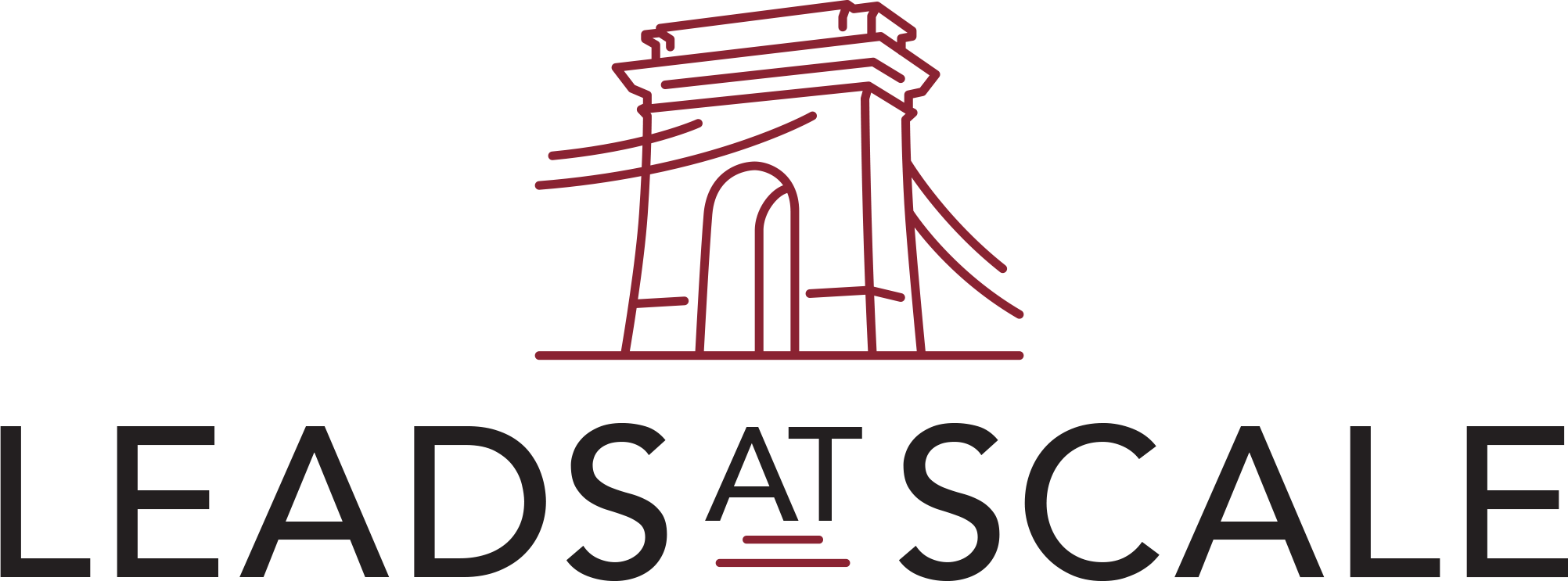Most sales professionals hate doing sales calls because they fail to prospect and follow a framework that will produce success.
The 12 steps outlined here leverage the concepts around the psychology of sales calls and relationship building and, when used together they become a very powerful tool for you to use when making cold calls to set sales appointments.

Always keep in mind, however, that during a successful sales appointment call, your goal is not to sell the prospect of your product or service. Your only goal should be to keep your prospect engaged with you and to give you permission to move the conversation on to the next step in this process.
As an aside, a couple of points to keep in mind whenever you are making sales calls to set sales appointments:
- Successful cold calling for lead generation and appointment setting is the result of a conversation – not a one-time call!
In fact, recent studies suggest it takes between 8-10 ‘touches’ (i.e. a voice message; an email; a conversation; a message left with a gatekeeper; etc.) to convert a cold call into a warm sales appointment.
Unfortunately, most salespeople make fewer than 4 attempts to reach a prospect before giving up.
- You need to be much more persistent than the other salespeople around you, and
- You had better be very well prepared to have a substantial, meaningful conversation when you do reach a decision-maker!
- Further, each incremental increase you can make – in the duration of the conversation; the number and persistency of touches; as well as the salesperson’s level of experience increases the likelihood of success!
The good news is when a prospect ‘psychologically’ gives you permission to move to each ‘next step’ of the sales call process, when you reach the end of your conversation there is no outcome other than the prospect agreeing to schedule a warm, well-qualified sales appointment with you!
The 12 Steps You Need to Succeed at Sales Calling
If you are wondering how to start a sales call campaign, here are our sales call tips for you to succeed. Follow these 12 powerful steps in each of your sales appointment-setting calls:
- Your success rate will improve, and
- Your income will grow
So let’s discuss each step separately to learn how to make a sales call.
The Introduction
The first step of any successful sales cold calling campaign is the appointment setting call – this is where you want to quickly introduce yourself and your company name.
Although this sounds easy, the truth is that most sales appointment calls stumble as soon as the prospect picks up the phone, making it difficult, if not impossible, to resurrect the call and get it back on track.
A Pattern Interrupt
This second step is critical!
You must speak to the prospect with confidence, authority and as a peer.
You must believe you are on equal footing and that you are calling because you have something of value to introduce and discuss with your prospect. And, you must take your prospect out of their initial ‘this must be a sales call’ mentality!

To accomplish this, you must succinctly communicate why you are calling and what’s ‘in it’ for your prospect (i.e. Why should they continue to speak with you?) in 20-30 seconds or less!
If done correctly, you will have piqued your prospect’s interest and they will give you permission to continue to speak.
Warm-Up
Now that your prospect has given you ‘permission’ to continue, this is when you need to begin to build rapport.
Not through idle chit-chat, but by demonstrating through your words that you understand their position, their industry, and potentially their problems, and that you respect their time.
If you have done this correctly, you will begin to build rapport and your prospect will begin to engage with you.
Discovery
Now that your prospect is engaged with you and has given you permission to continue, you need to begin asking open-ended, probing questions about their situation specifically.
During this step, you begin to identify potential opportunities, events, time frames, challenges, etc. being faced by your prospect.
Through your earlier research, you should already have a good idea of your prospects:
- Industry
- Company and
- Probable issues they may be facing.
The ‘Discovery’ step is very important because:
- It keeps your prospect engaged;
- Provides new/additional information for you to use later in the call and in other calls to prospects within the same industry;
- Provides a very detailed road map for the remainder of the call.
This step will take the most amount of time, but it is the next most critical phase.
Using the information, you gain during this step, you will be able to tailor your presentation specifically to your prospect.
Presentation
Again, using the information you gathered during the last step (Discovery), you can now present your value proposition points that tie directly to the pain points, challenges, goals, and objectives you fleshed out earlier.
Remember – present only those features, solutions and/or value propositions that directly relate to your prospect’s pain points identified in the previous phase!
Here is one more sales call tip. There is no point in throwing out every feature, advantage, and benefit of your product or service if the prospect only has pain around one or two of your value propositions!
Verify, Validate, and Update all Contact Information
This step is the most often overlooked but is also one of the most important.
Without up-to-date contact information (Name, Title, email address, physical address, company website, telephone numbers – including direct dial numbers, extensions, and cell phones) any future sales & marketing campaigns will be futile.
You must verify, validate, and update contact information for use in future sales & marketing campaigns – either through the course of the conversation or by asking them to confirm it directly.
Capture All Sales & Marketing Intelligence
Successful sales professionals always capture each conversation (even during a cold call session) for use in future sales appointment-setting calls or future sales & marketing campaigns.

The use of a robust CRM or sales software like Nutshell or Salesforce will make gathering and storing this information simple and easy.
Again, any sales and marketing intelligence you can gather about your prospect during this conversation, i.e. their company; their industry; trends/events/etc. will assist you in future communication with this prospect as well as your conversations with any other prospects in the same industry.
Branded Sales & Marketing Literature
Be sure to use this opportunity to get your company name, products & services, and brand messaging in front of your prospect again.
Always send a follow-up email(s) with branded targeted marketing material, key supporting documents, PDFs, Street Sheets, or video links to nurture the relationship, add value, and continue building brand recognition and awareness!
Qualify or Disqualify Your Prospect
While this point may sound counter-intuitive, throughout the conversation you need to be qualifying AND disqualifying your prospect.
There is nothing more frustrating than continuing to pursue a prospect over days, weeks, or months, only to discover in the end they were never a well-qualified prospect at all!
You could also develop and implement a scoring methodology to ‘score’ your prospect based on tailored qualifying questions and parameters specific to your sales & marketing requirements.
Scoring your prospects provides an additional level of knowledge & insight and helps determine how to best continue your sales efforts.
Set a Sales Appointment
Congratulations!
Now that you’ve successfully made it to this phase of the call, your prospect will be ready to set a sales appointment for a specific day, date, and time!
- Thank them for their time;
- Confirm any details you may still have questions about or didn’t understand fully;
- Remind them that you (or your salesperson) are looking forward to reconnecting and continuing the conversation on that specific day, date, and time.

Again, be very specific, this is not the time to be loose or open-ended about the appointment.
Many a salesperson has gotten soft at this point and, out of fear of losing the appointment, fallen back on a weak, ”Okay, I’ll call you next Wednesday afternoon”.
Do not make this mistake!
Follow-up and Confirmation
Immediately after your sales call, send an email to your prospect thanking them for their time and confirming your upcoming appointment on the specific day, date, and time you agreed to. Do not forget to give them a follow-up call, in case you do not hear back from them in a few days.
Remember, since this is another touchpoint with your prospect, this is another opportunity to get your company name, products, services, and brand messaging in front of your prospect again.
As Donald Miller from StoryBrand says, ”Marketing is an exercise in memorization” – you want your prospects to have your brand and message solidly embedded in their memories.
Meeting Reminder
Always send a ‘Meeting Reminder’ email to your prospect 24 hours prior to your scheduled sales appointment.
Many systems, processes, or CRMs will allow you to do this as a scheduled or automated step.
Again, since this is yet another touchpoint with your prospect, this is another opportunity to get your company name, products, services, and brand messaging in front of your prospect again.
Lastly, include your (or your salesperson’s) contact information and remind your prospect to call you directly if anything with their schedule has changed or if they need to reschedule your appointment for any reason. Use your direct number to make this as easy as possible – and as another touchpoint with your prospect.



